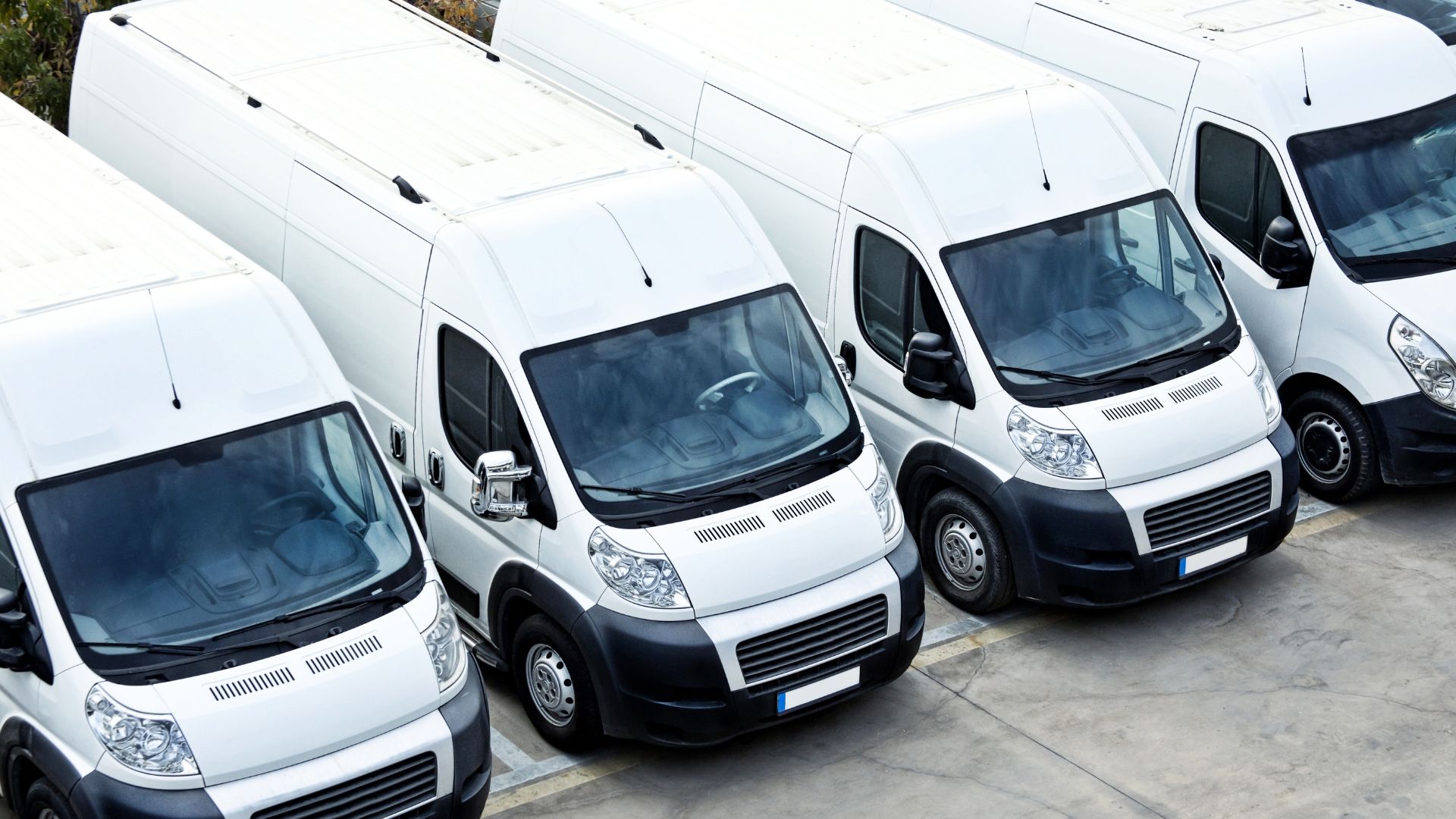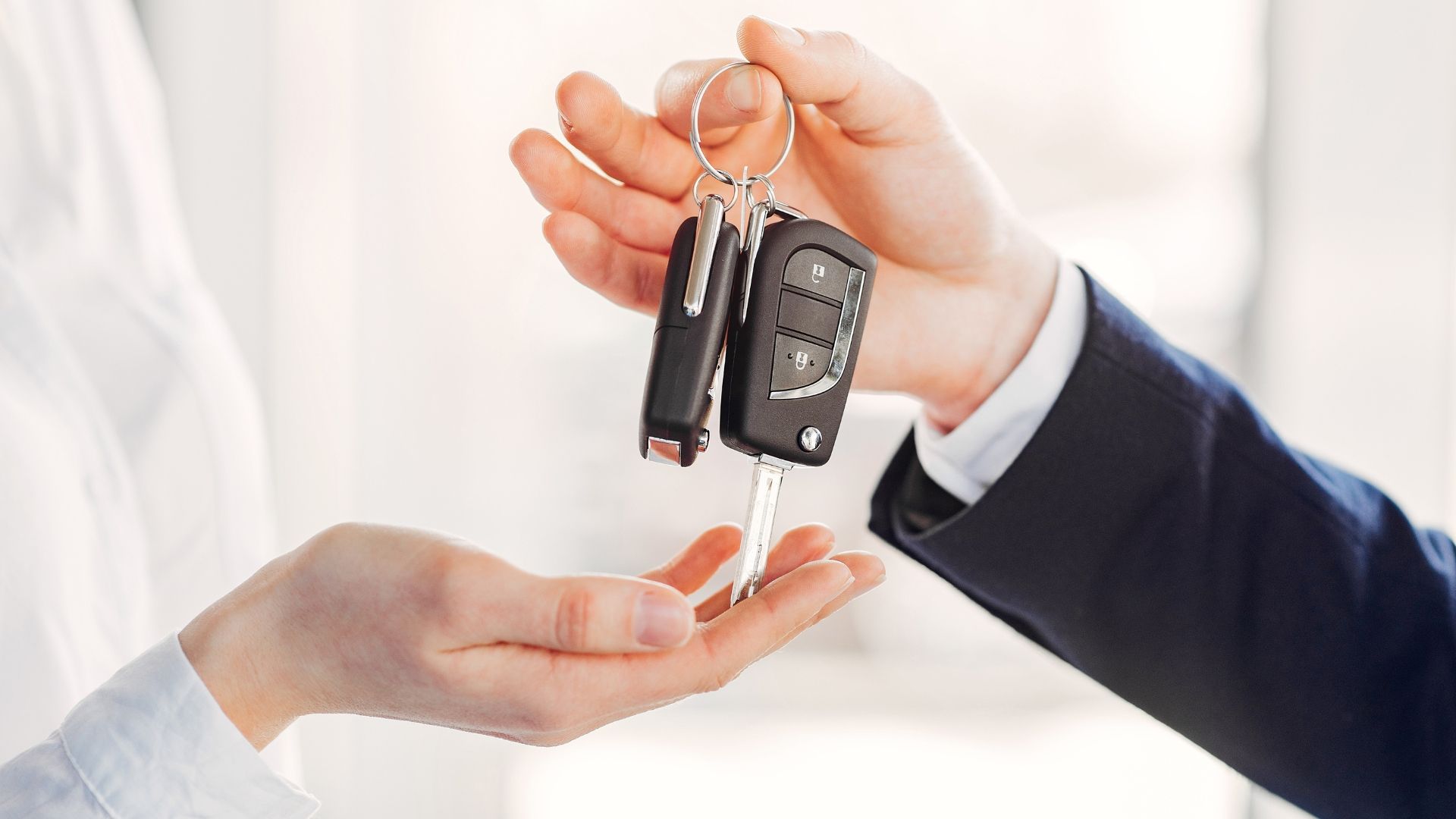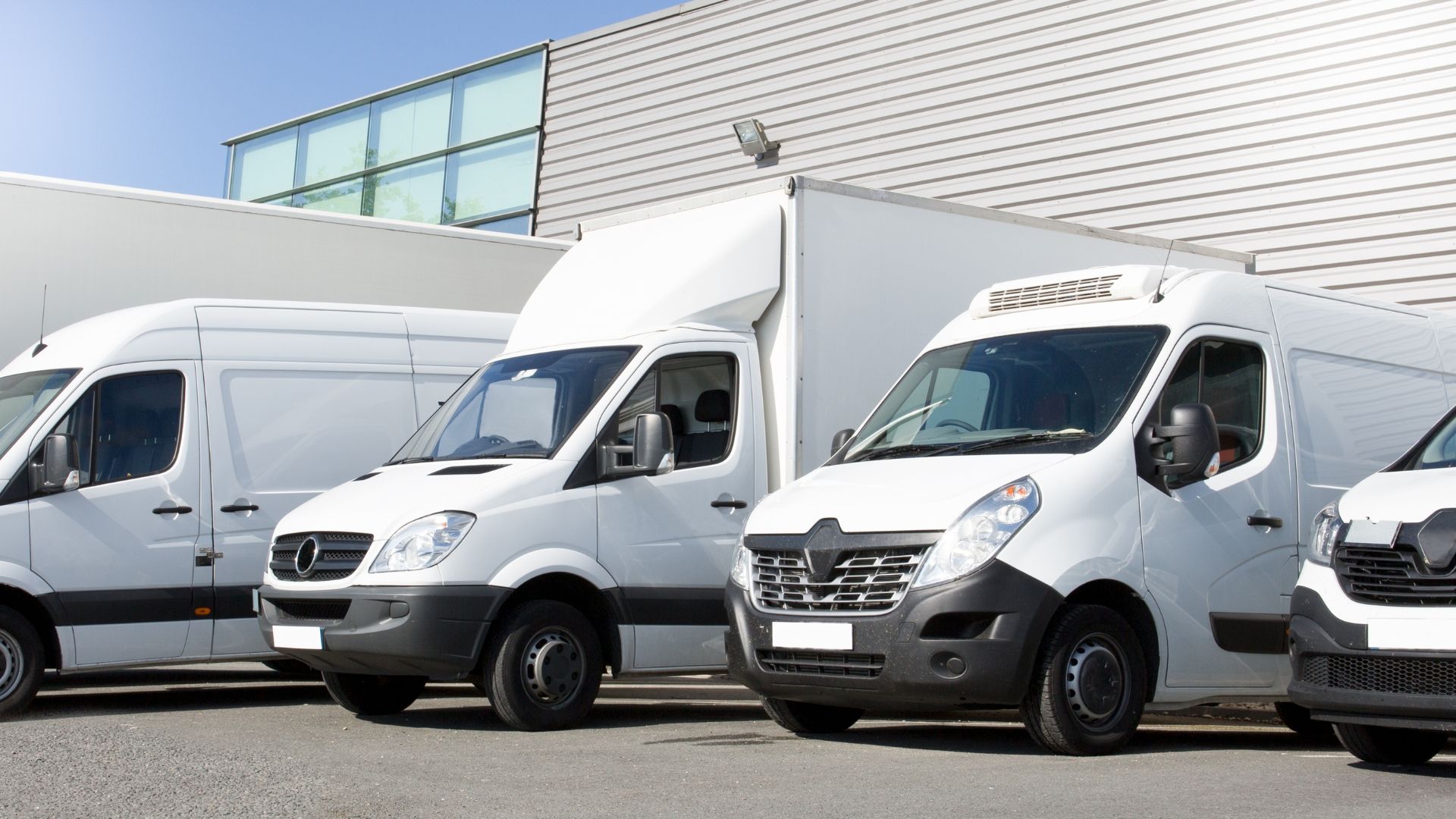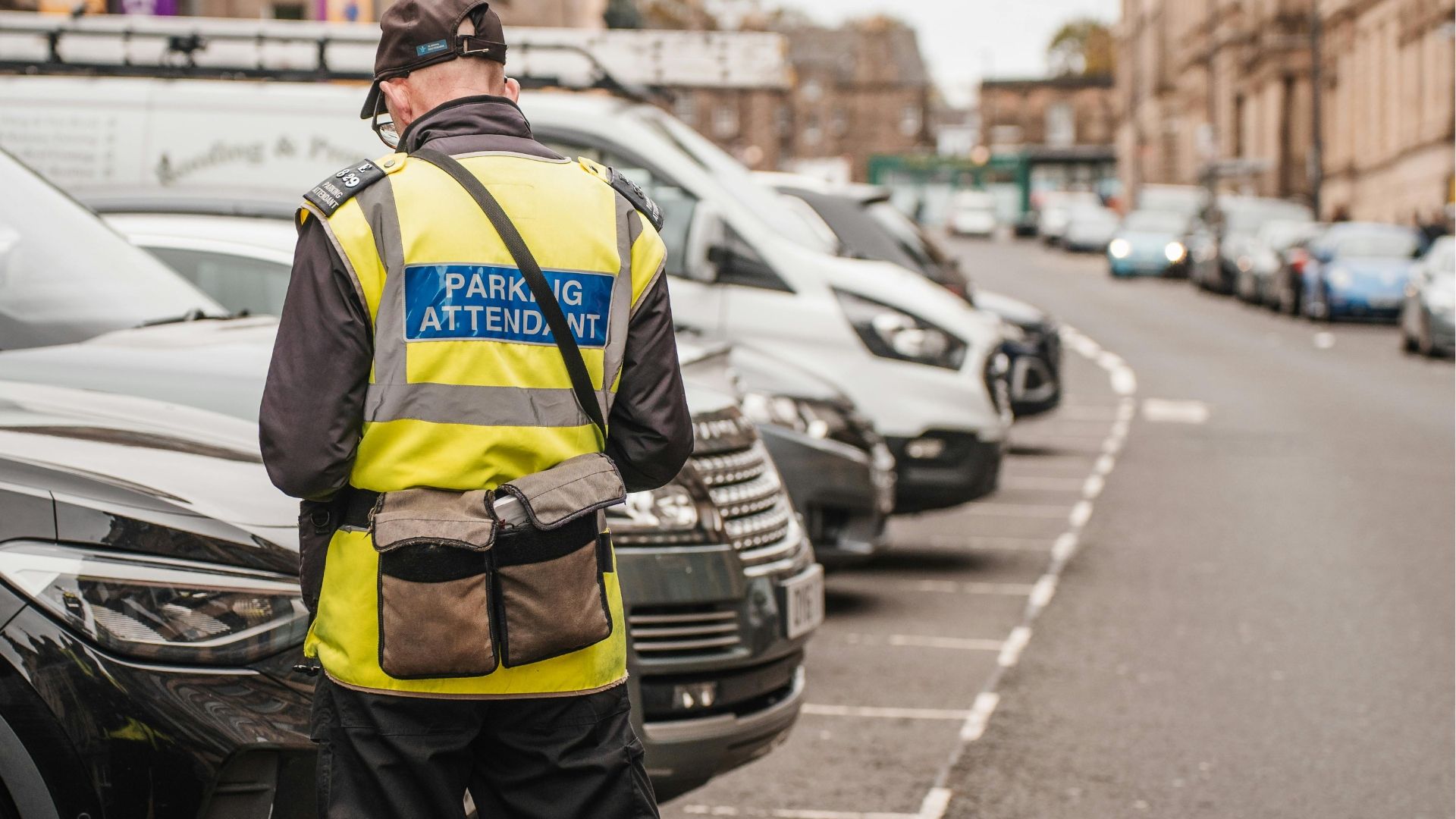A complete guide to smart motorways in the UK
In April 2024, the UK had 396 miles of smart motorways. What are they and how do they work? Find out in our guide.
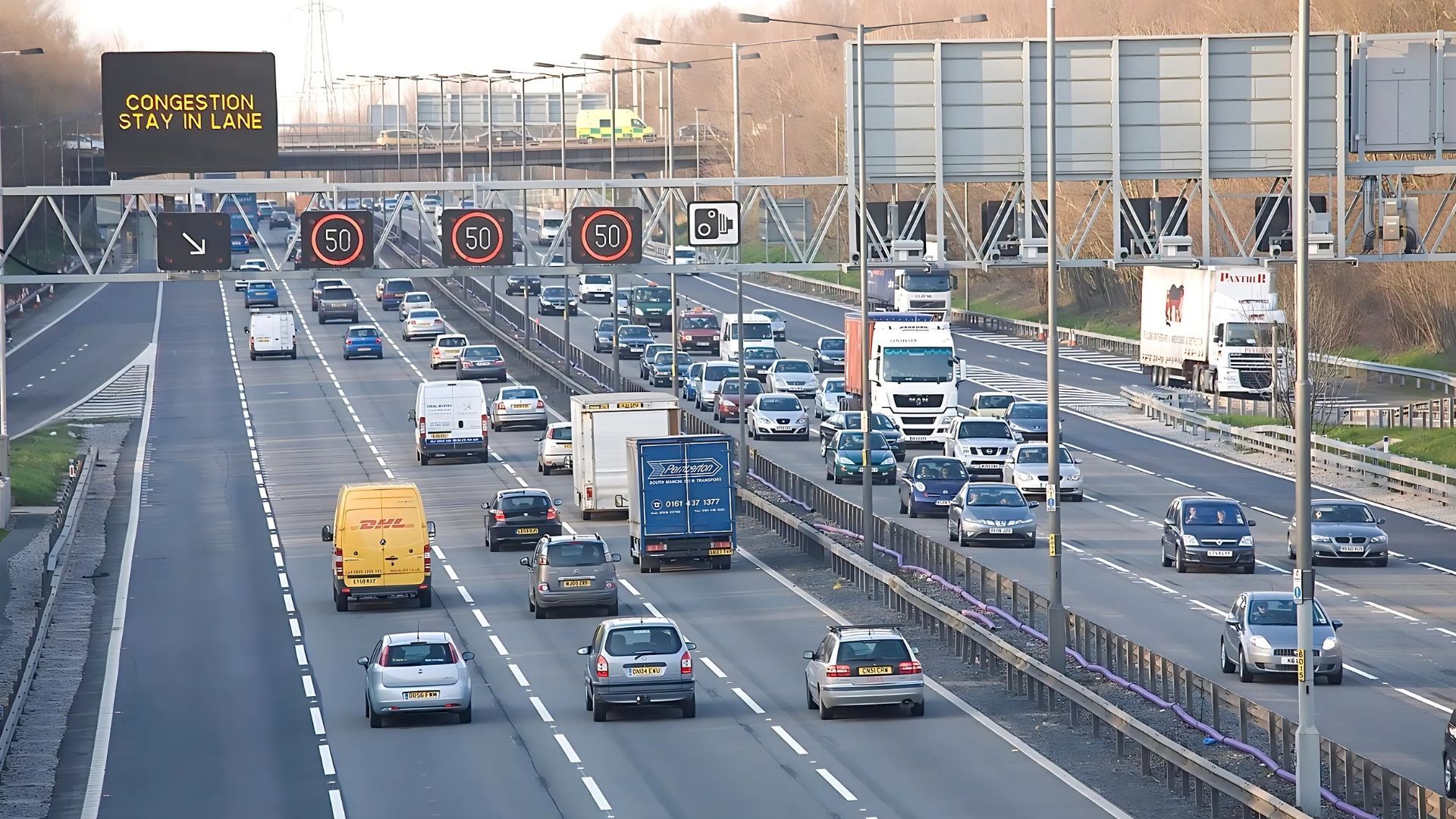
When the historians of the future come to study the 2020s, they may well designate it the "Smart Age".
Not, we hasten to add, because modern-day humans are so much more intelligent than their predecessors. The phrase would refer instead to the extraordinary proliferation of smart devices across the world.
Smartphones. Smart watches. Smart TVs. Smart… motorways?
Yes! Believe it or not, smart motorways have been in effect in the UK since 2006 – and in April 2024, there were just under 400 miles of them nationwide.
So, what are they, exactly? If you don't know the answer, don't worry. Even some experienced drivers won't be able to tell you.
The main thing to point out is that the phrase "smart motorway" refers to sections of motorways, not motorways in their entirety.
Smart motorways use advanced technology called "active traffic management". Sensors collect data about the traffic and vary the speed limits according to capacity and congestion. Some turn the hard shoulder into a running lane while others open and close it according to demand.
They were introduced as a way of reducing congestion without widening the carriageways. But in April 2023, the government did a U-turn. Transport secretary Louis Haigh called them "not fit for purpose" and all plans for new smart motorways were scrapped.
What is active traffic management?
Active traffic management (ATM) is a group of technologies used to manage smart motorways. It includes:
- Motorway Incident Detection and Automatic Signalling (MIDAS)
- Variable speed limits
- Variable lane control
On some roads, the hard shoulder is used as a running lane, either permanently or according to the level of traffic.
What are all-lane running motorways?
Some smart motorways are all-lane running (ALR) motorways. This is where the hard shoulder is sometimes or always used as a running lane.
On some, the hard shoulder is now a traffic lane. In others, the hard shoulder is opened and closed according to the congestion on the motorway.
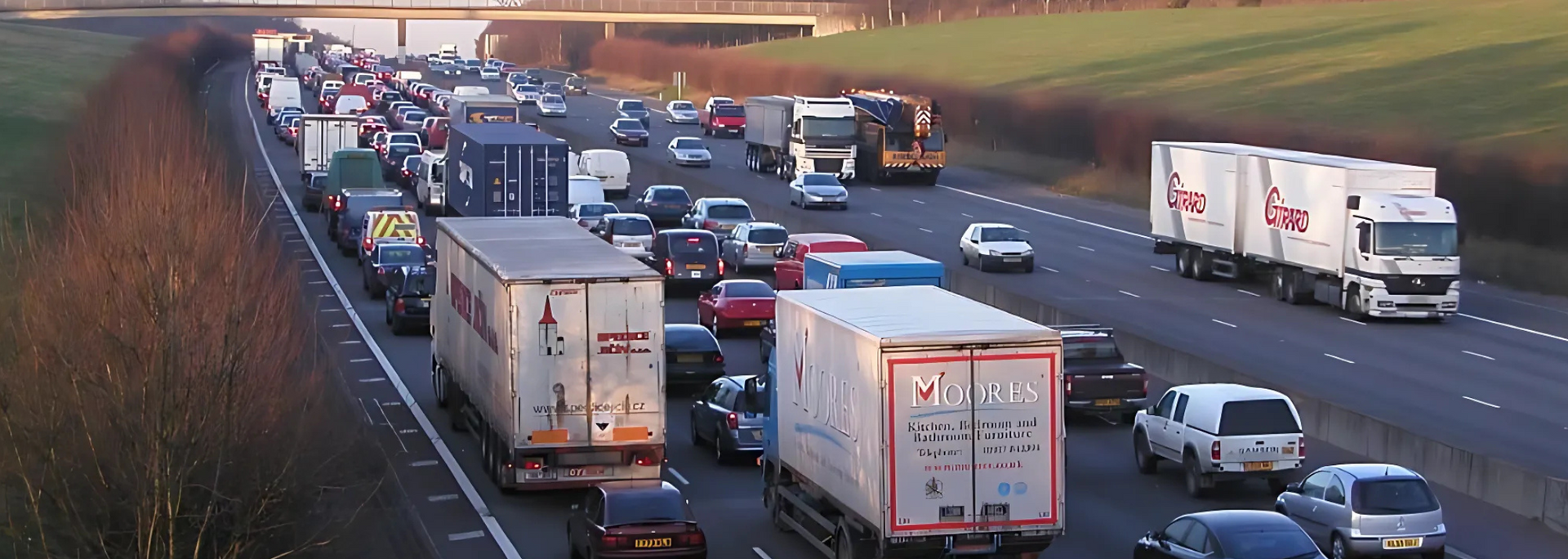
Alongside variable speed limits, all-lane running is the most important thing to know about smart motorways.
Drivers need to read the gantry signs to know if the hard shoulder can be used. If a red X is displayed, the lane is closed. This will usually be because of a breakdown or other emergency.
If you drive on the hard shoulder when the red X is showing, you could get fined by the police.
What are variable speed limits?
Variable speed limits are used on all smart motorways that use the hard shoulder as a running lane.
Sensors monitor traffic flow, and the speed limit is automatically changed according to capacity.
The system can, for instance, predict that a queue will form and respond with an appropriate speed limit.
What is stopped vehicle detection?
Rolled out in 2022, stopped vehicle detection is another feature of some smart motorways. It uses radar to detect when a vehicle has stopped. Control teams are immediately alerted and help is sent on its way.
What do you do if you have an accident or get in trouble on a smart motorway?
If you have an accident or get in trouble on a smart motorway, you should exit at the next junction or motorway services.
If this isn't possible, you should get to the next emergency refuge area (ERA). Increasingly, these are painted orange so drivers can spot them more easily.
If you've broken down, stay in your vehicle, turn on your hazards and call 999.
Safety concerns
Many drivers have expressed concerns about the safety of smart motorways. RAC research revealed that 69% of drivers wanted the hard shoulder reinstated. This was one of the reasons why the government U-turned on their plans to build more smart motorways.
And the government's own research seems to back up drivers' concerns. A 2020 Department for Transport report on all-lane running smart motorways gives a mixed picture of their safety.
Fatal casualties went down, but non-fatal casualties went up. Meanwhile, there were fewer collisions between moving vehicles but more collisions between moving and stationary vehicles.
A BBC report raised the concern that turning the hard shoulder into a running lane makes it harder for emergency services to reach vehicles that have broken down. Where once the hard shoulder was a clear point of access, they now have to thread through traffic to do their job.
In March 2025, one in three drivers on a smart motorway in Berkshire claimed the stretch of motorway didn't feel safe.
Finally, Panorama shared figures revealing 392 incidents between June 2022 and February 2024 caused by power outages. Safety equipment failed and stopped vehicles weren't detected.
Tips for driving on smart motorways
The construction of smart motorways in the UK has been halted – but variable speed limits and all-lane running smart motorways still exist. Here are some tips for using them safely:
- Pay attention to gantry signs and stick to the speed limit.
- Unless otherwise stated, the speed limit is the national speed limit (70 miles per hour).
- Never drive in a lane marked by a red X.
- Only use the hard shoulder when directed by the gantry sign.
- If you break down, try to get to an emergency refuge area (ERA) for help. These are painted orange and signposted.
- If you can't, exit from the left side of the motorway with your hazard lights on.
- If you break down, stay in the car, keep your seatbelt on, turn your hazard lights on and call 999.
Smart motorways present challenges even to experienced drivers. We hope this guide helps you to drive on them with confidence.
MVH Rental is a trusted vehicle rental company based in the northeast of England. For more guides on UK roads and driving, follow our car hire blog.

